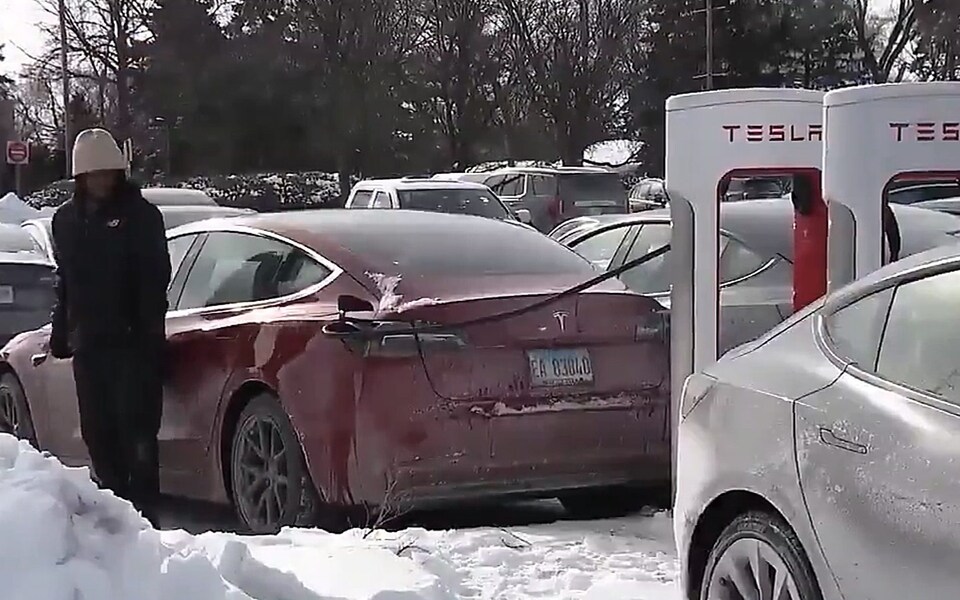Recent extremely cold weather conditions in the United States, particularly in Chicago, have highlighted challenges for Tesla vehicles and their charging capabilities. The Arctic chill that enveloped much of the country caused Tesla cars to struggle with charging at the usual speed and maintaining their charge, leading to unusual scenarios at charging stations.
In Chicago, Tesla drivers encountered long wait times at Supercharger stations, with reports of charging times extending significantly beyond the typical 45-minute duration. This situation was exacerbated by the cold’s effect on the electric vehicles’ batteries, which tend to drain more rapidly in such conditions. As a result, some Tesla owners found themselves in predicaments where their cars required towing due to being unable to sustain a charge.
However, it’s important to note that these challenges are not unique to Tesla. Lithium-ion batteries, like those used in Tesla vehicles, are known to be less effective in extremely cold temperatures. This issue affects a wide range of devices using similar battery technology, from smartphones to electric vehicles.
To mitigate these issues, Tesla provides recommendations for cold weather operation. These include keeping the vehicle plugged in and maintaining a minimum charge level. The company also advises preconditioning the vehicle to warm up the battery, which can be done via the Tesla mobile app. Preconditioning is especially important before longer drives or when planning to use a Supercharger station, as it helps optimize the battery temperature for more efficient charging.
The recent experiences of Tesla drivers in extreme cold weather serve as a reminder of the evolving nature of electric vehicle technology and the importance of understanding how environmental factors can impact battery performance and charging. Manufacturers like Tesla continue to develop solutions to improve the efficiency and reliability of their vehicles under various conditions, but it’s clear that challenges still exist, particularly in extreme weather scenarios.
